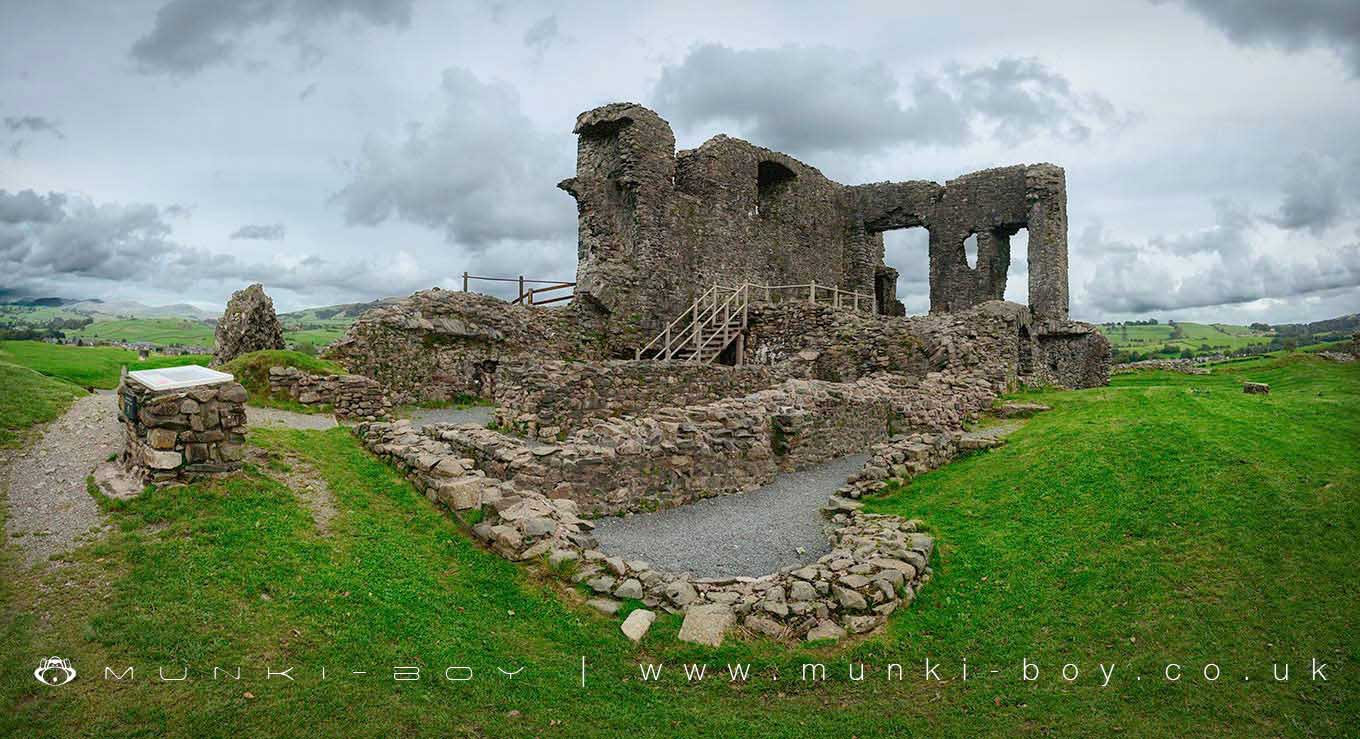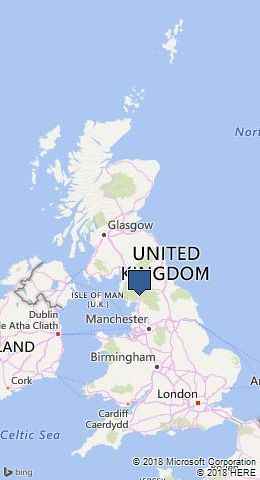
Kendal Castle by munki-boy
Kendal Castle
Kendal Castle is in The Lake District National Park in England.
Kendal Castle was probably built by Gilbert Fitz Reinfred who was once the sherrif of Lancaster between 1205 and 1215, or possibly by his son, William. Following William’s capture in a siege in 1215 the castle was forfeited to the Crown. William re-occupied the castle in 1241.
In 1338 Kendal Castle became the home of the Parr family whose ancestor Queen Catherine Parr who lived from 1513 to 1548 and became the last wife of King Henry VIII.
Kendal Castle was abandoned and left to decay in 1572 until 1886 it was acquired by the town of Kendal to mark the diamond jubilee of Queen Victoria.
The courtyard of Kendal castle, is surrounded by a now crumbling curtain wall with defensive towers placed strategically around the perimeter. The exit of the garderobe chute at Kendal castle can still be found on the outside of the castle wall above the moat. You can see the remains of the structures that included the Great Hall, the main area of castle life where meals where eaten and where minor inhabitants who didn’t have a room of their own would have slept.
The Great Hall would have been on the first floor of the ruin, the lower portion contained storage cellars. The storage cellars beneath the Great Hall of Kendal castle, have characteristic “vaulted” ceilings.
A section of the moat that once encircled Kendal Castle, still holds some water. Moats evolved from defensive ditches that made it more difficult for enemies to approach the castle.
The round tower at Kendal castle, also known as the Troutbeck tower was used for accommodation and featured windows looking out over the town of Kendal, a fireplace and an en-suite garderobe or toilet.
The interior of the upper room of the round tower has the garderobe seating area and the base of an old staircase leading to the top of the tower, this was built into the walls to save space. The sqaure tower at Kendal castle housed the main toilet block or garderobe as it was known, apparently the four hole communal toilet can still be found, but this area is not accessible to the public.
There is a small figure carved into a stone of the door surround at Kendal castle, it may be fairly recent but could possibly be quite old. There is also a vaguely trapezoidal form to the left of the figure.
An old well, now blocked up, can be found in the courtyard of Kendal castle. This would have provided a supply of fresh water to the inhabitants of the castle.
Created: 27 November 2016 Edited: 29 November 2023
Kendal Castle
Kendal Castle LiDAR Map
please wait...
Contains public sector information licensed under the Open Government Licence v3.0
Local History around Kendal Castle
There are some historic monuments around including:
Basingill gunpowder works, 130m south of Force BridgeStramongate BridgeKendal Castle and associated earthworks, and earlier ringworkSedgwick aqueductMiller BridgeNether BridgePackhorse bridge at the Post OfficeLow Gatebeck gunpowder works, 540m south west of Gatebeck FarmPart of Helsington medieval village immediately west of Briggs House FarmSettlement 440yds (400m) N of Cunswick HallGreenside lime kiln 480m west of Castle HoweCastle Howe motte and baileyLevens Park, round barrows and medieval settlements, including Temple of DianaBurneside Hall, pele tower and gatehouseLevens BridgeEarthwork 700yds (640m) N of Levens BridgeCastlesteads small multivallate hillfort on The HelmHincaster Tunnel horse pathWatercrook Roman fort and civil settlementRound cairn 230m north of Berry HolmeNew Sedgwick gunpowder works, 580m north of Gate House.





